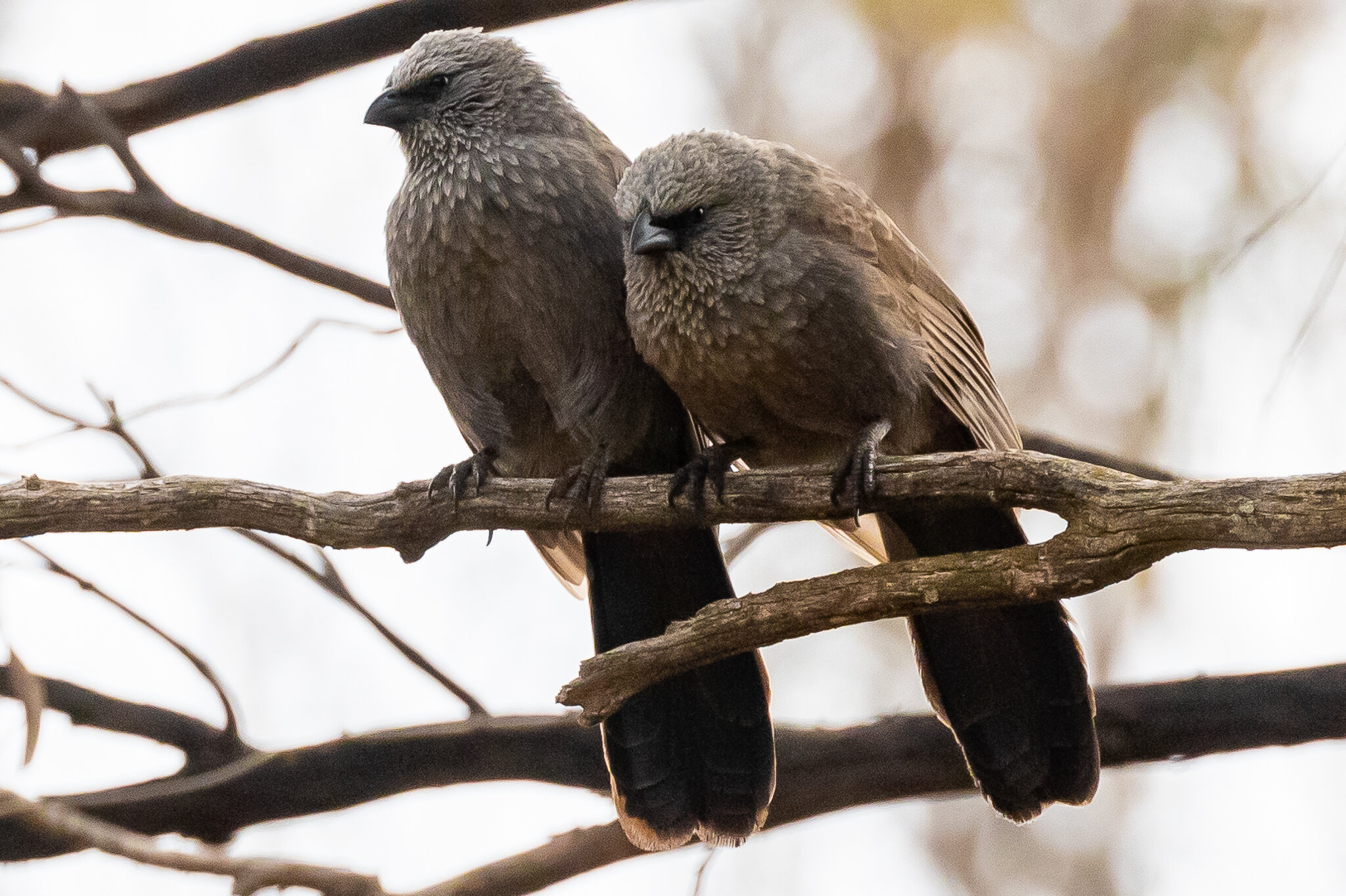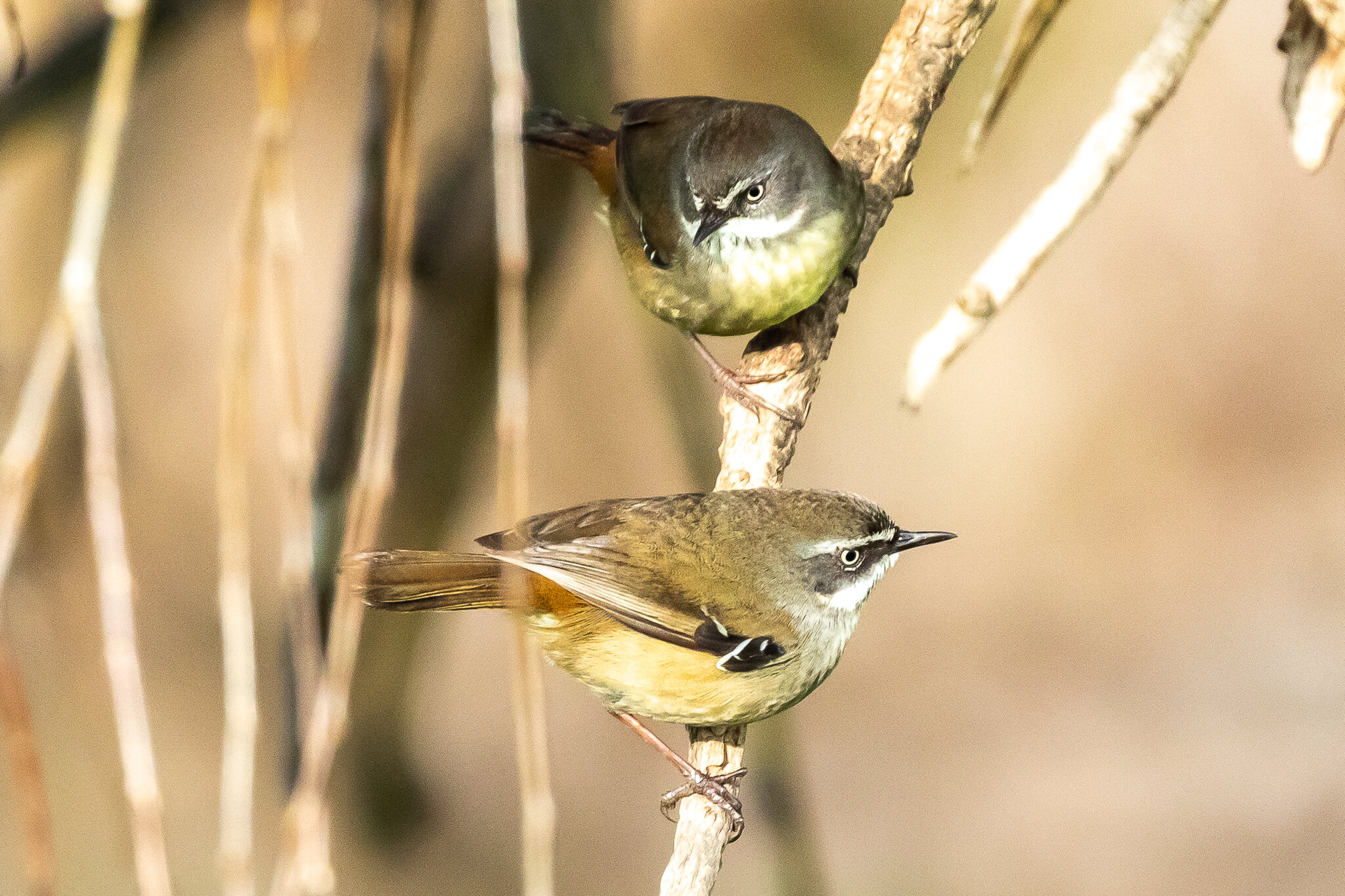Seven Mile Beach south of Gerroa, NSW made fame as Charles Kingsford Smith’s runway for the first commercial flight to New Zealand. At its northern end between highway and beach is an attractive forest dominated by Bangalay (Southern Mahogany). The forest was quiet yesterday but two hours walk was rewarded with the appearance of this Brown-capped Emerald Dove, feeding in fallen leaves and branches.
There are two sub-species of Brown-capped Emerald Dove, one seen across Northern Australia and the other down the Eastern Coast as far as the Victorian border. These rather grainy photos were taken in low light at 100th of a second, f/5.6 and ISO 2000.
The Brown-capped Emerald-Dove feeds largely on fruit and seeds fallen to the forest floor.




















































